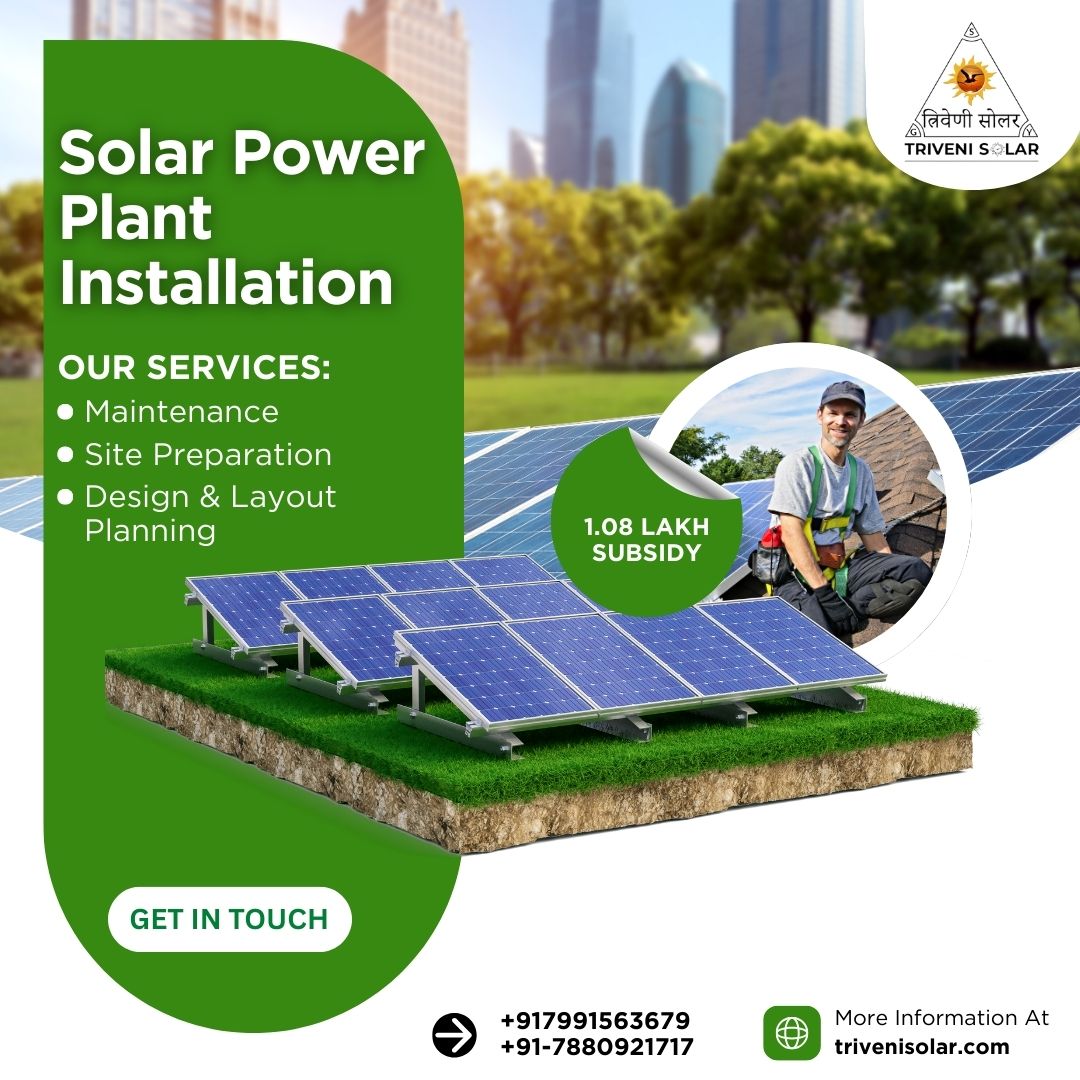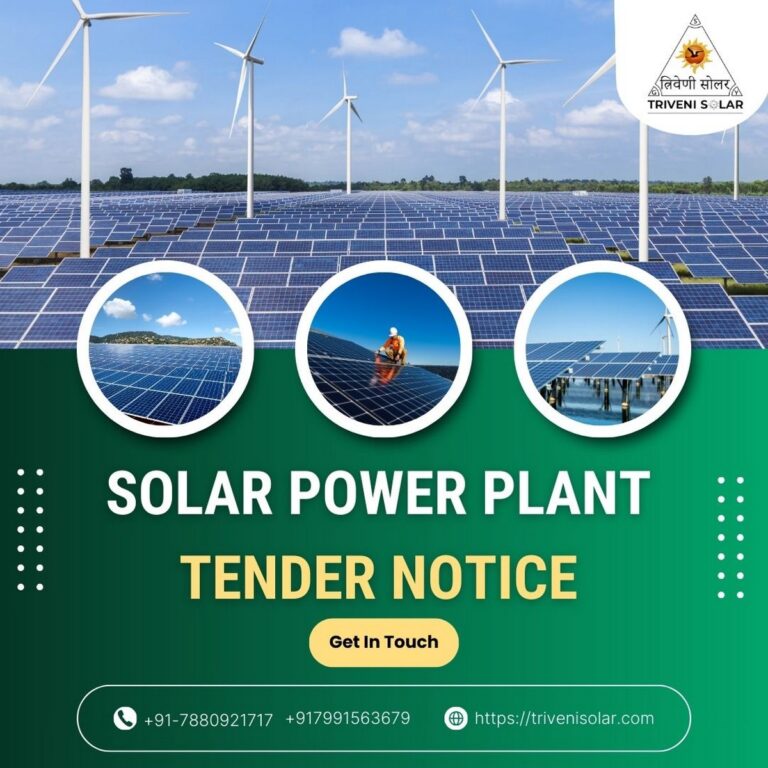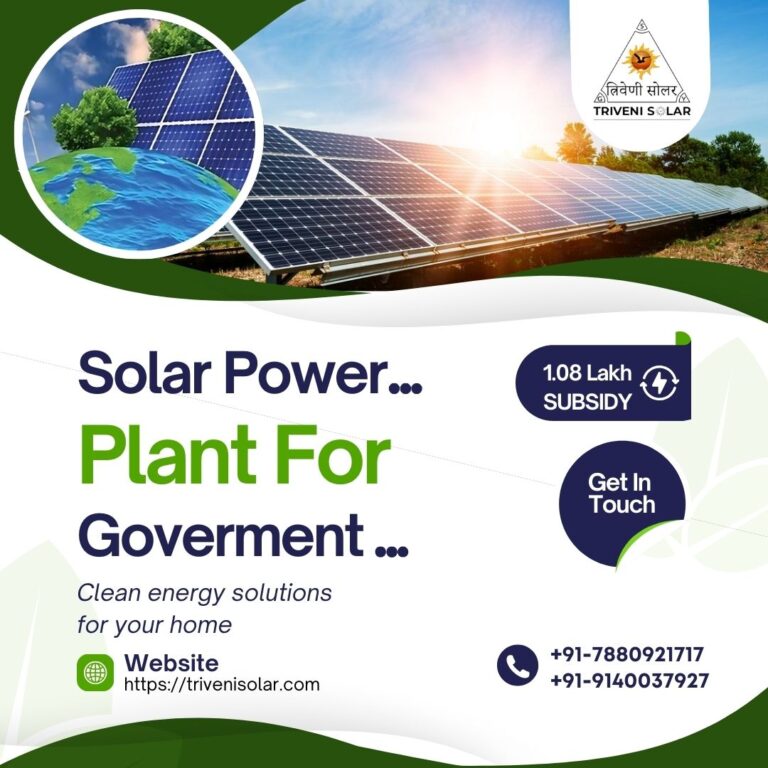Solar power is revolutionizing energy consumption in India. With rising electricity costs and a strong push for renewable energy, installing a solar power plant Installation has become an essential investment for homeowners, businesses, and industries. This comprehensive guide covers every step of the installation process, helping you make informed decisions for a sustainable future.
Understanding solar power plant Installation
What is a Solar Power Plant?
A solar power plant converts sunlight into electricity using photovoltaic (PV) panels. These systems can power homes, factories, and even large-scale commercial operations, reducing dependence on conventional energy sources and lowering carbon emissions.
Types of Solar Power Plants
- Rooftop Solar Systems: Ideal for residential and small commercial buildings.
- Ground-Mounted Solar Systems: Suitable for larger industrial or commercial spaces.
- Hybrid Systems: Combine solar energy with other renewable sources or battery storage for uninterrupted power supply.
Planning Your Solar Power Plant Installation
Site Assessment and Feasibility Study
Before installation, a thorough assessment of your site is essential. Factors like sunlight availability, roof space, shading, and orientation determine system efficiency. Conducting a feasibility study ensures that your investment will yield optimal returns.
Selecting the Right Solar Panels and Inverters
Choosing high-quality PV panels and reliable inverters impacts system performance and longevity. Triveni Solar offers a range of tested, durable solar equipment suited for Indian weather conditions.
Understanding Load Requirements and Energy Consumption
Analyze your energy needs to determine the optimal system size. Overestimating or underestimating load requirements can affect ROI and efficiency.
Solar Power Plant Installation: Designing the System
System Sizing and Configuration
Proper sizing ensures maximum energy output. Factors include panel capacity, battery storage, and energy consumption patterns.
Choosing Between On-Grid and Off-Grid Systems
- On-Grid: Connected to the local electricity grid. Excess energy can be sold back via net metering.
- Off-Grid: Independent system with battery storage. Ideal for remote areas without grid access.
Incorporating Battery Storage Solutions
Energy storage is essential for uninterrupted power supply, especially in off-grid systems. Lithium-ion batteries are commonly used for efficiency and longevity.
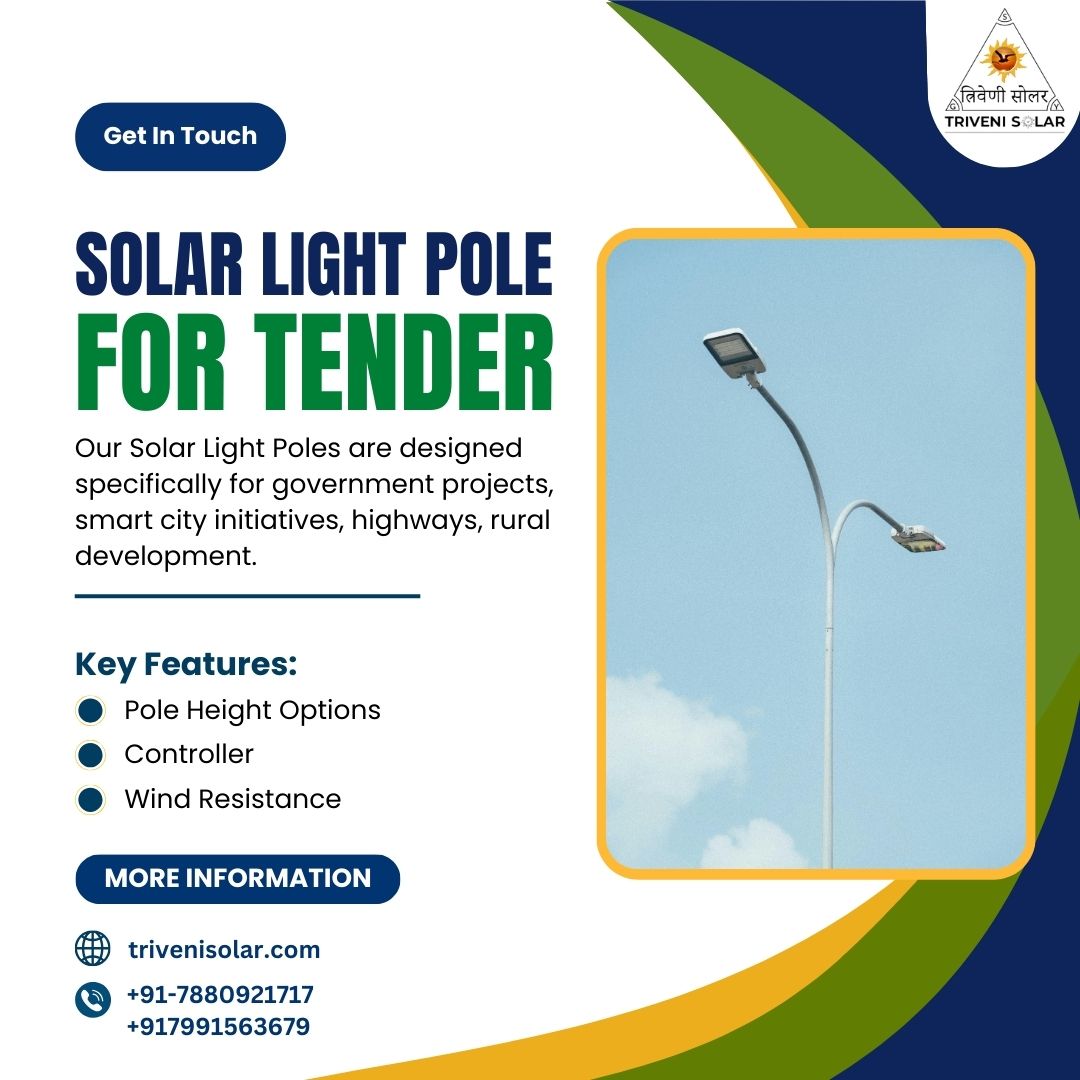
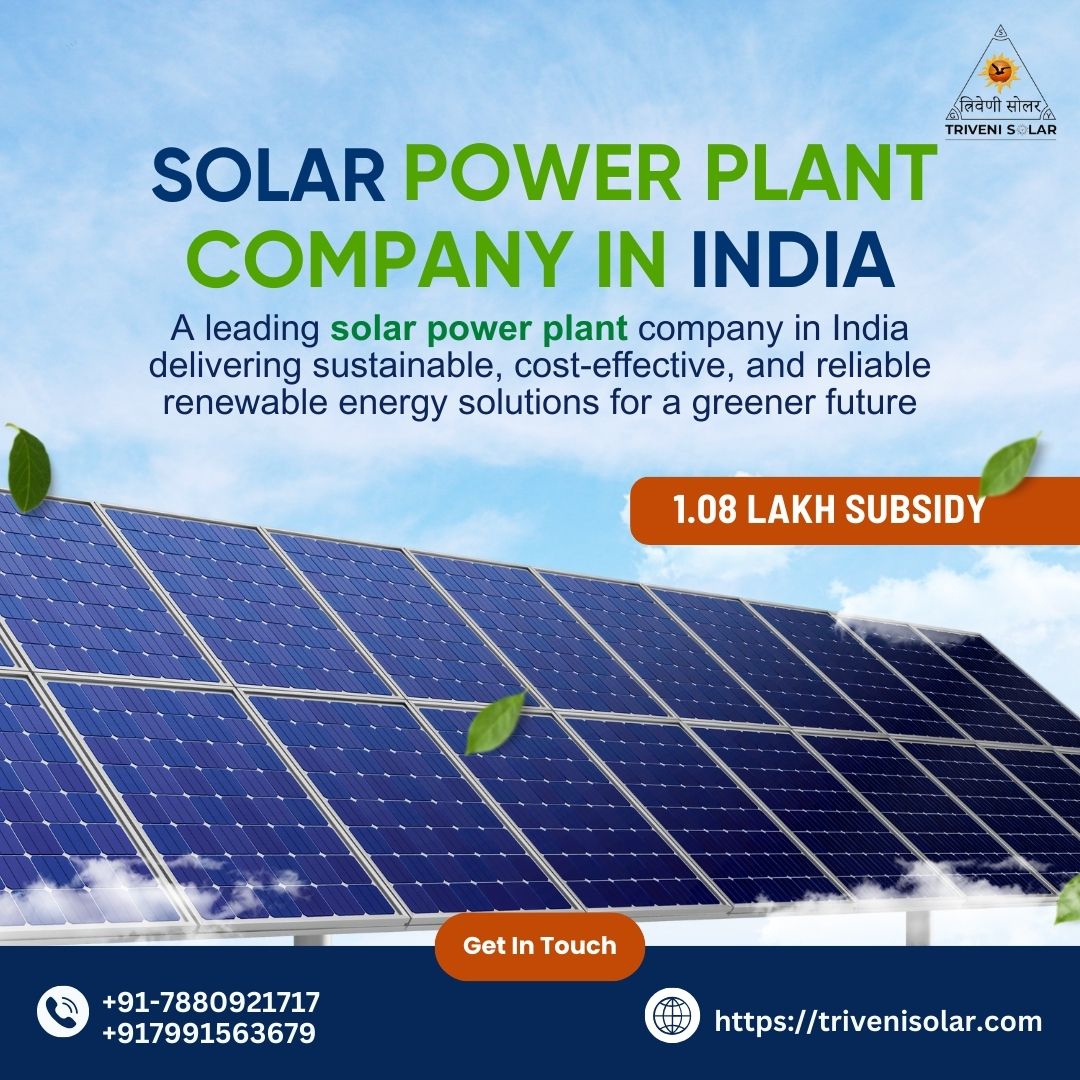
Solar Power Plant Installation Installation Process
Pre-Installation Preparations
Obtain necessary permits, ensure structural integrity, and plan for safety measures before starting the installation.
Mounting and Wiring
Professionally mount solar panels and wire them to inverters and control systems, ensuring optimal sunlight exposure and minimal energy loss.
Inverter and Battery Integration
Connect inverters and batteries to manage energy conversion and storage efficiently. This step is critical for system performance.
Safety Measures and Compliance
Follow electrical safety standards and local regulations to prevent hazards and ensure a reliable system.
Government Policies and Incentives in India
Overview of National and State-Level Policies
The Indian government promotes solar adoption through policies and subsidies under the Ministry of New and Renewable Energy (MNRE).
Subsidies and Financial Incentives
Residential, commercial, and industrial projects may qualify for attractive subsidies, reducing upfront investment costs.
Net Metering and Power Purchase Agreements
Net metering allows surplus electricity to be fed back into the grid, generating credits and further improving ROI.
Cost Analysis and Return on Investment
Breakdown of Installation Costs
Costs include solar panels, inverters, batteries, mounting structures, and labor. Triveni Solar provides competitive, transparent pricing tailored to your project scale.
Financing Options and Schemes
Explore loans, leasing, and government-backed schemes to make solar installation affordable.
Calculating ROI and Payback Period
ROI depends on energy savings, government incentives, and system efficiency. On average, payback periods range from 4–7 years in India.
Solar Power Plant Installation Maintenance and Troubleshooting
Routine Maintenance Practices
Regular cleaning, monitoring, and inspection ensure peak performance.
Common Issues and Solutions
Identify problems such as shading, inverter faults, or battery degradation, and resolve them promptly.
Monitoring System Performance
Use monitoring software or apps to track energy production and system health in real-time.
Environmental Impact and Sustainability
Reduction in Carbon Footprint
Switching to solar reduces greenhouse gas emissions and reliance on fossil fuels.
Contribution to Renewable Energy Goals
Installing solar plants supports India’s target of 500 GW renewable energy by 2030.
Long-Term Environmental Benefits
Solar energy ensures cleaner air, sustainable power supply, and mitigates climate change effects.
Case Studies and Success Stories
Triveni Solar has successfully implemented numerous projects across India, ranging from residential rooftops to large-scale commercial plants. Clients report significant savings, efficient energy production, and expert project support.
Solar Power Plant Installation Conclusion
Investing in a solar power plant installation in India is both economically and environmentally rewarding. With Triveni Solar’s expertise, you can ensure a seamless installation process, optimal performance, and long-term sustainability. Contact us today for a personalized consultation and take the first step toward a solar-powered future.
FAQs
How long does a solar power plant installation take?
Typically, residential installations take 1–3 weeks, while commercial and industrial projects may require 4–8 weeks depending on system size.
What is the average cost of installing a solar power plant in India?
Costs vary based on system size, equipment quality, and location. On average, a 1 kW system ranges from ₹50,000–₹70,000 before subsidies.
Do I need government approval for solar installation?
Yes, obtaining permits and complying with local regulations is mandatory. Triveni Solar assists in all legal formalities and approvals.
Can solar power plants work during cloudy days?
Yes, solar panels generate electricity even in low sunlight, though output may be reduced. Battery storage can provide backup power.
What maintenance is required for a solar power plant?
Routine cleaning, inspection of panels and inverters, and monitoring system performance are essential for efficiency and longevity.

